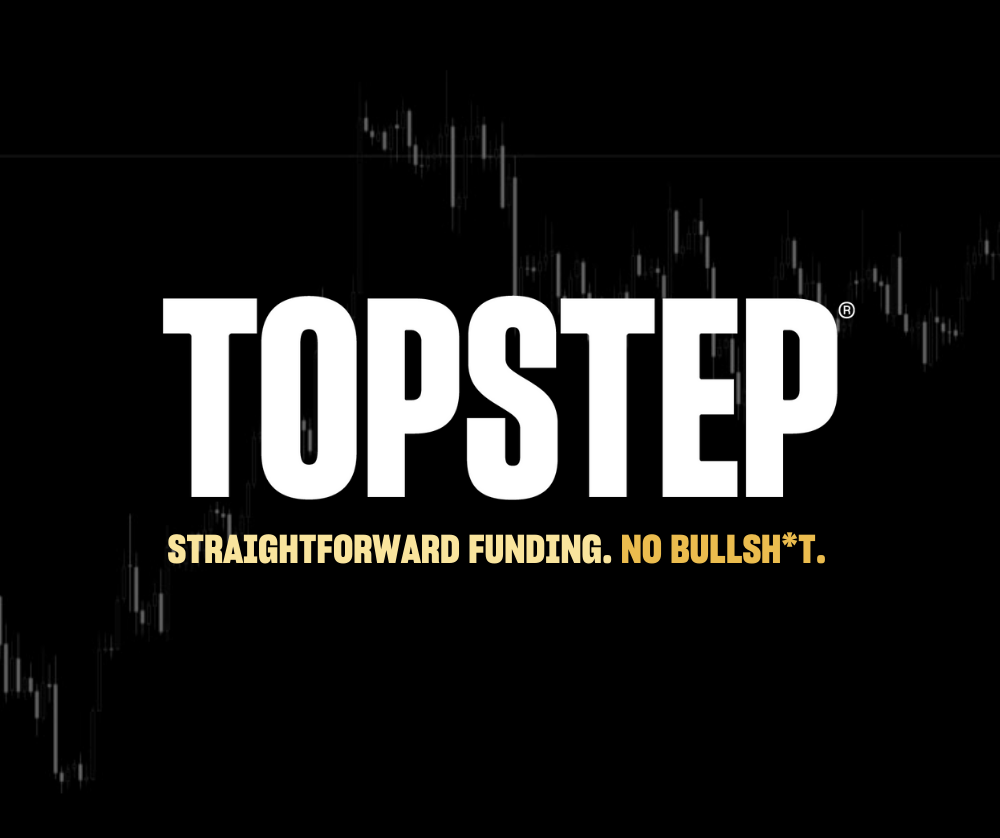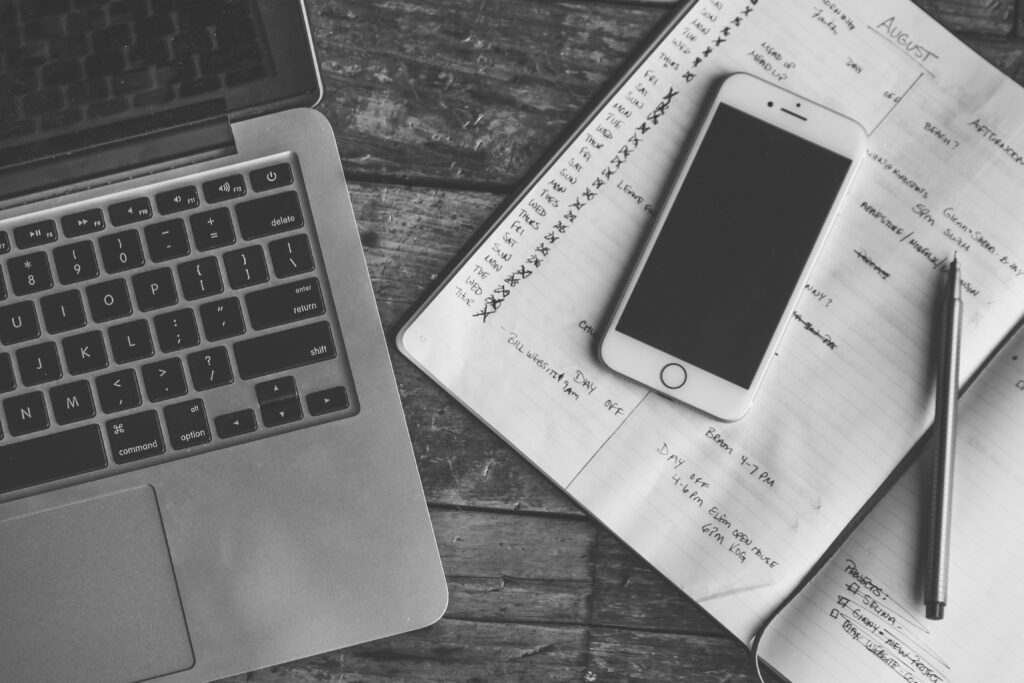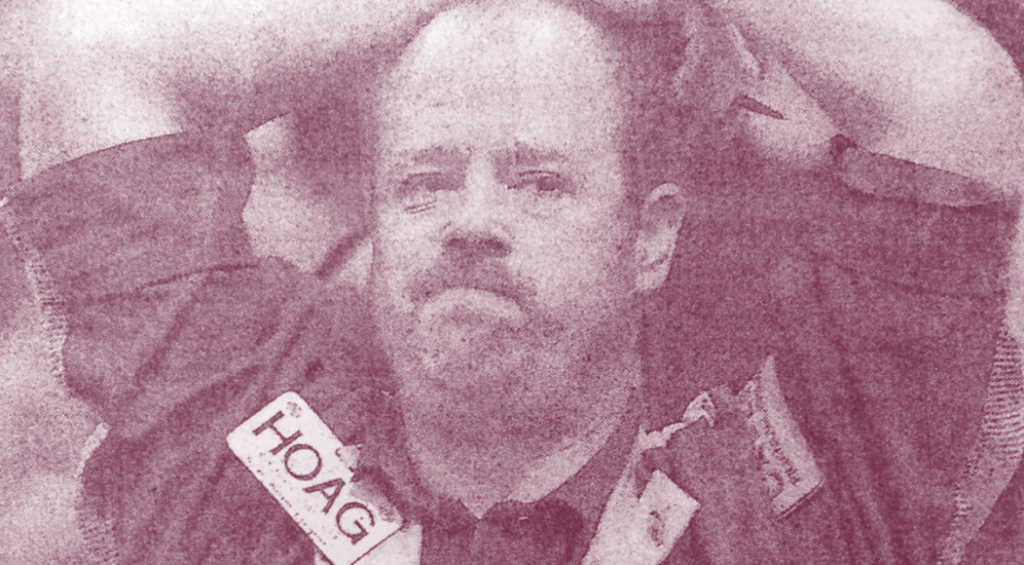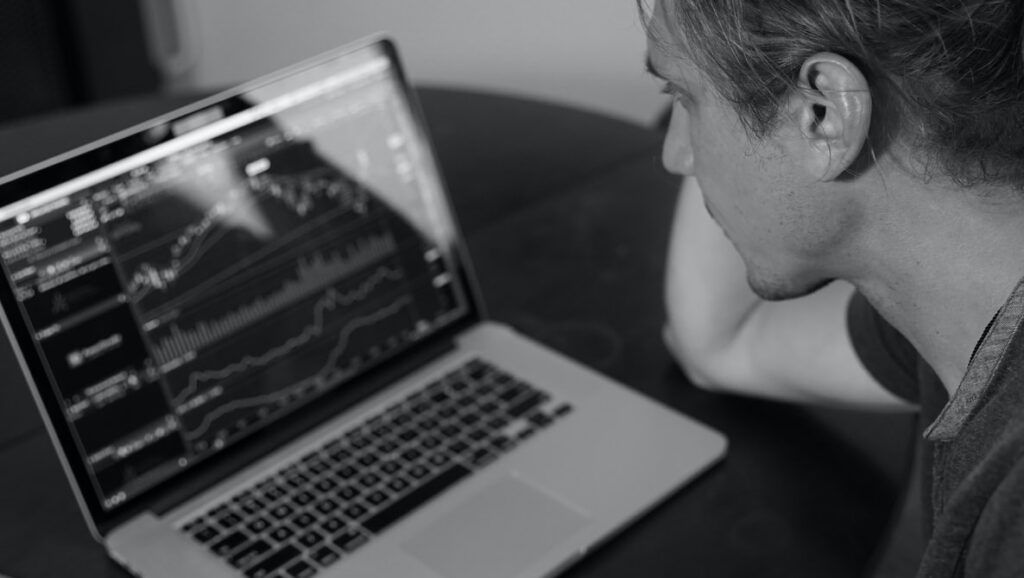Is day trading without charts an amazing feat that can only be achieved by the elite few? Or is it possible that it’s something quite straightforward? The bottom line is that most retail day traders start learning to trade from books, courses, or internet forums where the main focus is on chart reading and technical analysis. They are conditioned to see charts as the start and the end of trading. Charts, however, tend to be a little misleading in terms of where other traders’ positions are.
How Futures Traders Use Volume Profile
So, if we aren’t using charts, what are we using? Quite simply, we are looking at the amount of volume traded at each price.
This trading indicator is known as volume profile. For day trading without charts, we are mostly interested in the total number of futures contract volume traded at each price for the current trading session.
An alternative volume profile technique divides the total volume into either buy volume or sell volume and then makes that information easily visible to the trader.
Traders should adopt the volume profile indicator to their trading style.
Volume Profile plots a vertical histogram to reveal dominant and significant price levels based on volume.
Most Traders use volume profile to identify support and resistance trading levels. It is key for traders to display volume profile information in an easily visible space on your trading workstation.
Volume Profile vs. Chart Comparison
On most days, in the majority of futures markets, trading is primarily driven by short term speculation. That’s why we can trade a million futures contracts in a market like the E-mini S&P500, put in decent swings in both directions, and end up close to where we started.
Consider the following scenario:
Image 1 – Chart vs. Volume Profile
With traditional technical analysis, we’d be looking at the above chart and considering the swing high and swing low as possible support and resistance. We get a very different view of the market when we look at the volume profile. We can see that the upper and lower areas have relatively fewer contracts traded. We can see most of the trading took place in the middle. The higher volume area in the middle has twenty-two thousand contracts traded at the top. That amount of trading is far more significant than the twenty-three contracts traded at the high.
Learn More About Enhancing Your Trading Edge Using Jigsaw Trading.
Before we continue, let’s think about what these numbers represent. Of course, they are trades. Trades that happened because a buyer got matched with a seller. The futures exchange we trade on exist purely to do that; match buyers with sellers. So, there’s always an equal number of both. The twenty-two thousand contracts there represents a price where twenty-two thousand contracts were both bought and sold.
Futures Traders Have Different Trade Holding Times
Another thing to deliberate is that not all traders have the same goals or trade holding times. From those twenty-two thousand contracts, there will be a mix of:
- Traders Closing Existing Positions. These trades are effectively off our radar. We aren’t interested in them. These traders aren’t going to react to short term moves, although it’s likely they will be looking for more trading opportunities later.
- Long Term Traders (longer than day traders). These are traders that aren’t going to react to short-term moves in price. They are in for the ‘long haul’ when compared to day traders, so once again, we don’t care about them too much. They are establishing longer-term positions. Unless there is a major correction, they won’t be reacting to shifts in price, and so we cannot benefit from their reactions.
- Spread and Arbitrage Traders. These will be predominantly intraday traders, but their positions sit across multiple markets. Their position is all about the relationship between those markets. For example, they may be selling the current month WTI Crude Oil futures contract but buying a later month. They aren’t reacting to price fluctuations in a single market but the relationship between the two (or more) markets.
- Day Traders, Short Term Speculators. These represent the bulk of trading in the most popular markets on MOST days, certainly in US Index futures and markets like e-mini S&P 500 and WTI Crude Oil futures. Short term traders will be the majority unless there is major news that sees long term re-positioning.
Of course, there are always nuances, and we are making this simple to an extent. The bottom line is that we don’t have to worry about arbitrage and long term traders because they don’t react to short term changes in price. Neither do the traders that just exited their positions. It is the daily speculators whose reactions cause most intraday moves. Sure, there will always be directional, high volume, news-driven, one-way days where it is the institutions that are moving price one-way. These days are the exception, not the rule. On these days, we know what to do anyway (no, not keep betting against the market until your account is empty).
Trader Strategy Setups and Patterns Using Volume Profile
Let’s look at the image above one more time. We see most of the volume traded over just nine prices from the high volume area where twenty-two thousand contracts traded to the five thousand at the bottom. There are a total of over a quarter of a million contracts. Sure – some will have exited already, but there will still be enough day traders with open positions in that zone that are long AND short.
Look at the move to the high. As we left the high volume area, do we see anything that tells us the sellers gave up or were stopped out? Not at all. We see only fourteen hundred contracts traded there. If a quarter of a million shorts got stopped out, we’d see a lot more trades than that. A stop run would drive prices up violently with a large move and a lot of volume at each price.
It’s fair then to assume the short speculators are still in the market. If we return to the top of the area where all the volume traded, we will likely go back and trade into that area. Probability favors us traveling to the other side of the high volume area. Many traders have felt good about trading there so far, and there’s no sign that traders got stopped out, and so we see no “future imbalance.”
Next Up Day Trading Futures Without Charts – Stop Runs
Stay tuned for Part 2, where we will discuss the properties of a stop run in futures markets when more contracts trade above the twenty-two thousand contracts area.
Learn More About Enhancing Your Trading Edge at Jigsaw Trading.





